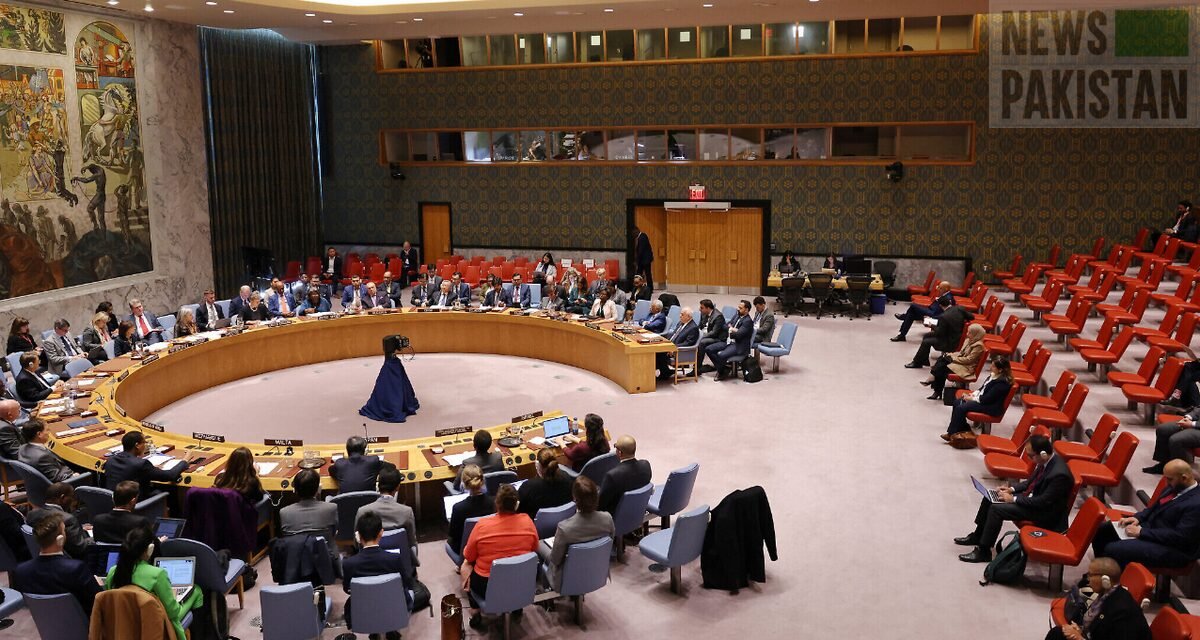KARACHI: NAPA International Theater and Dance Festival held in Karachi was the event where German Cultural Center (Goethe Institut) featured Nora Amin, Egyptian writer, performer, choreographer, director, educator, and founder of Lamusica Independent Theatre Group.
Speaking about her profoundly research-based performance RESURRECTION Nora Amin said she steered clear through conventional as well as contemporary expressions to portray pain, torture, trauma, hope, escape and love.
While talking exclusively to Newspaksitan.tv Nora Amin held: “The whole performance is inspired from facts. So it is a fact that in 2005 we had this fire. It was a turning point for our theatre community to understand the necessity of activism within the art seen. And also to understand how to claim our rights and to defend and protect our lives as a community of artists.
“And I believe this was one of the elementary phases that later brought a kind of revolutionary understanding of our rights as citizens and gradually after some years it was one of the seeds of revolution in 2011. I believe so!
“Salah Saad is one of the people who were in the fire. [Among those who were killed was Salah Saad, the man who I loved for years and was his companion in the days prior to his death and many many many other great theatre artists and friends.] It was like a big part of our family disappeared overnight. And I believe this deserves a live memorial and the live memorial is a performance.
“I am generally interested in studying the effects of pain, torture and trauma on the human body. To understand how it is possible to track the physical memory and also transform it to physical expression.
“So this is a topic of research and experimentation that is quite new and progressive. And it is also based on not using the traditional vocabulary of dance or even the modern vocabulary from famous schools.
“But on creating authentic movement that is coming out of this research and study about what happens to the body. And the physical memory. So I have like two main, at least two main elements in the performance and one is more about the expression of escape.
“How to try and escape a destiny of oppression or of danger and then the other element is about being imprisoned in this fate which is death. And I try to track the possibility of re-enacting something close to the panic that happens before death and danger and how this panic is reproduced in the body.
“And especially my most difficult part in this research and expression is the scene where the body is burning. So we hear a fire and we see the effect of the sound of the fire on the body.
“And it is about trying to find a moment of confrontation with this painful scene where later we can find a certain healing. My conviction is that healing cannot truly happen unless we face the pain. And so this is what I’m trying to do in the performance.
“And there is also an interactive part in the end. Where I am having a one-on-one moment with the spectators. (And because I played the performance in several countries all over the world.
“And I always found the moment of meeting the spectator, looking into the eyes with the water.) I find a real moment of healing and of human connection that goes beyond culture and language and it makes me feel that our common history is able to come together if we can meet our hearts, if we can have our hearts meet.
“I want to honestly tell you the fact that in moments of hope, in moments of pain and in moments of love we are so close to each other!”
Newspakistan.tv | YouTube Channel











